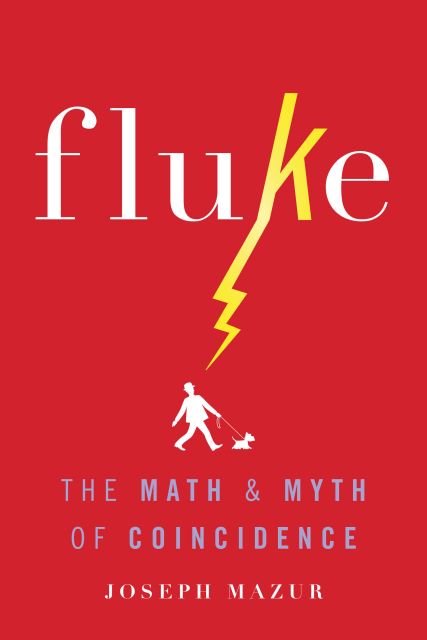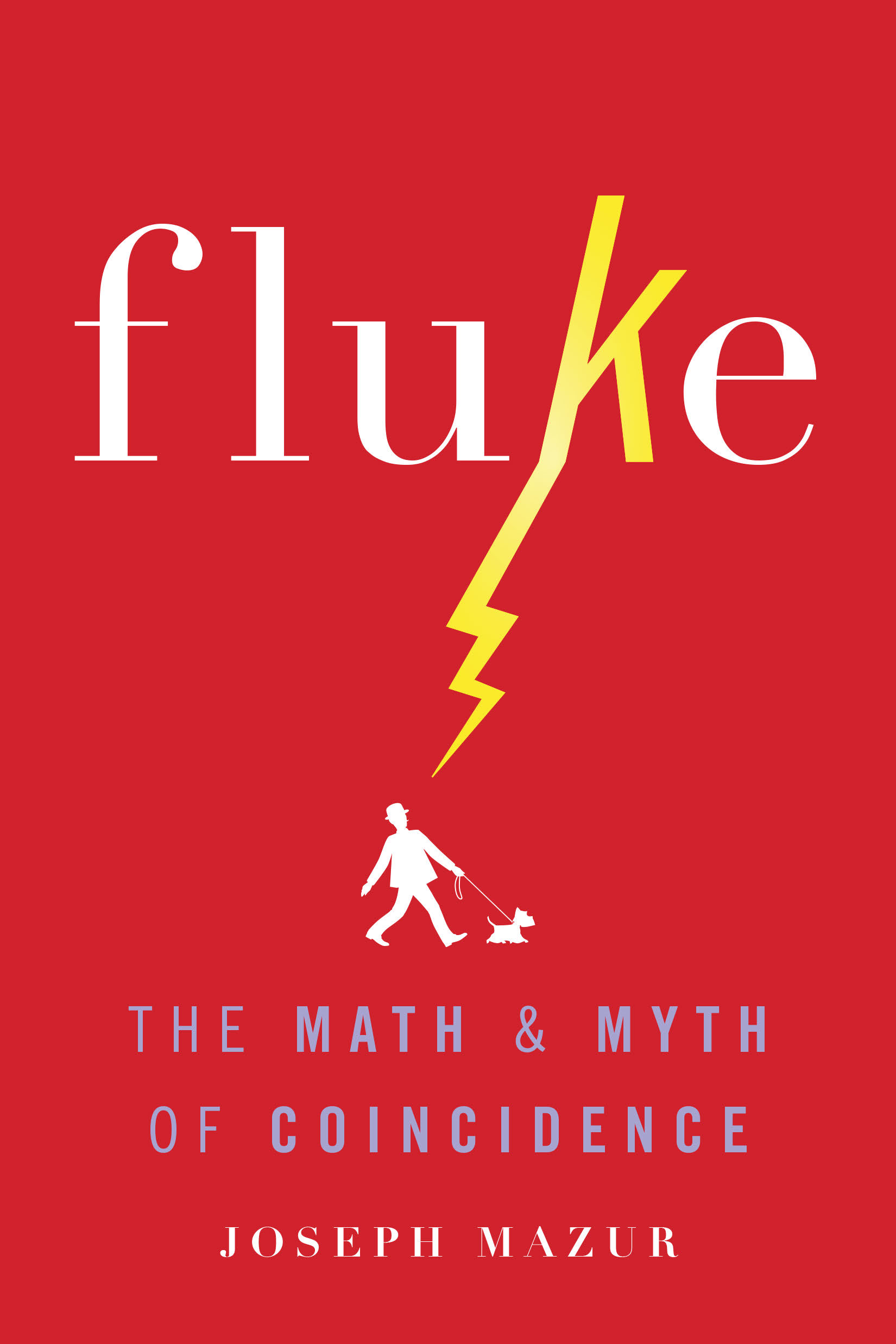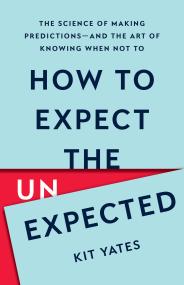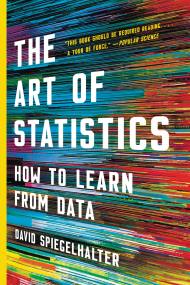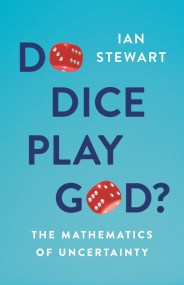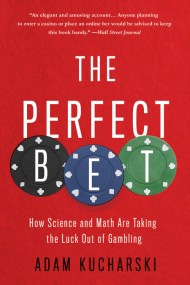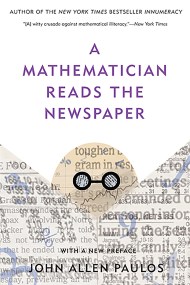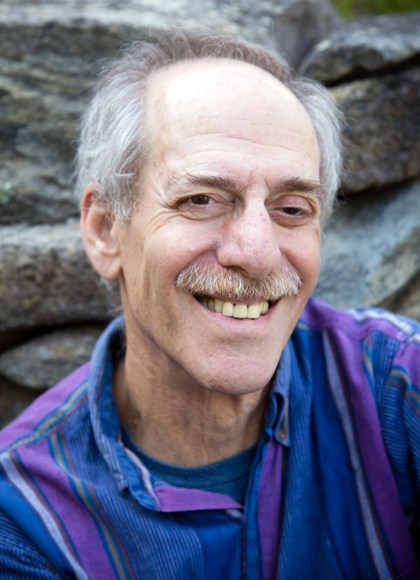Promotion
Use code MOM24 for 20% off site wide + free shipping over $45
Fluke
The Math and Myth of Coincidence
Contributors
By Joseph Mazur
Formats and Prices
Price
$16.99Price
$21.99 CADFormat
Format:
- ebook $16.99 $21.99 CAD
- Hardcover $26.99 $35.49 CAD
This item is a preorder. Your payment method will be charged immediately, and the product is expected to ship on or around March 29, 2016. This date is subject to change due to shipping delays beyond our control.
Also available from:
What are the chances? This is the question we ask ourselves when we encounter the strangest and most seemingly impossible coincidences, like the woman who won the lottery four times or the fact that Lincoln’s dreams foreshadowed his own assassination. But, when we look at coincidences mathematically, the odds are a lot better than any of us would have thought.
In Fluke, mathematician Joseph Mazur takes a second look at the seemingly improbable, sharing with us an entertaining guide to the most surprising moments in our lives. He takes us on a tour of the mathematical concepts of probability, such as the law of large numbers and the birthday paradox, and combines these concepts with lively anecdotes of flukes from around the world. How do you explain finding your college copy of Moby Dick in a used bookstore on the Seine on your first visit to Paris? How can a jury be convinced beyond a reasonable doubt that DNA found at the scene of a heinous crime did not get there by some fluke? Should we be surprised if strangers named Maria and Francisco, seeking each other in a hotel lobby, accidentally meet the wrong Francisco and the wrong Maria, another pair of strangers also looking for each other? As Mazur reveals, if there is any likelihood that something could happen, no matter how small, it is bound to happen to someone at some time.
In Fluke, Mazur offers us proof of the inevitability of the sublime and the unexpected. He has written a book that will appeal to anyone who has ever wondered how all of the tiny decisions that happen in our lives add up to improbable wholes. A must-read for math enthusiasts and storytellers alike, Fluke helps us to understand the true nature of chance.
Genre:
- On Sale
- Mar 29, 2016
- Page Count
- 288 pages
- Publisher
- Basic Books
- ISBN-13
- 9780465040001
Newsletter Signup
By clicking ‘Sign Up,’ I acknowledge that I have read and agree to Hachette Book Group’s Privacy Policy and Terms of Use
